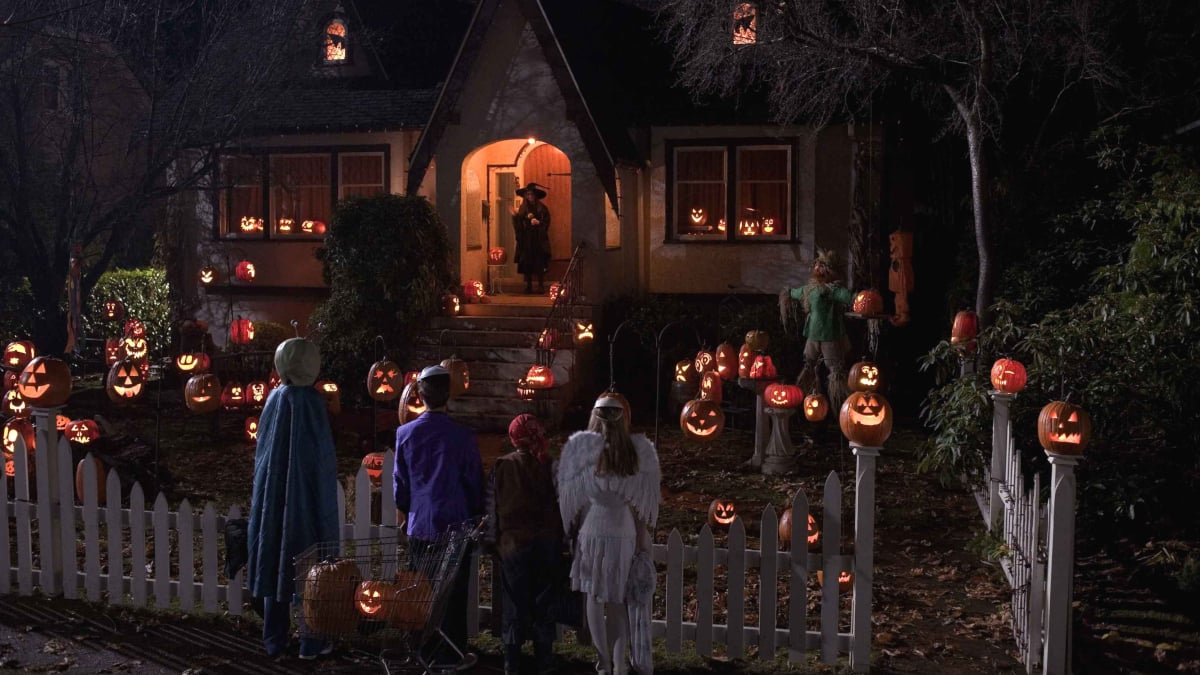Like most great art, it forces you to react and talk about it

Back in the fall of 1999, America was still recuperating from the massacre at Columbine High School. In the wake of the school shooting, many pointed their fingers at an overtly violent media as the reason why teenagers Dylan Klebold and Eric Harris wanted to kill their classmates. Congress got involved, hoping that they could pass legislation to help regulate the amount of violence in entertainment. The fight clubs in Fincher’s film, as well as the ideologies espoused by the members of Project Mayhem, could be seen as imitative behavior that could lead a disillusioned young man to self-destruction.
Due to the film’s release that year, many were shocked at the level of violence – even though one can argue that the brutality was necessary to watch due to the film’s subject matter, and thus not gratuitous. There is a reason why so many critics and social commentators were so mixed in thier reviews: many, like Roger Ebert and Richard Schickel, liked the style and performances, but were hesitant to give a passing grade considering the moral repercussions they thought a film like Fight Club could incite. In a time of darkness, the satire was lost on many.
Naturally, a film with a visceral edge and a subversive ideology about violence in society is destined to draw controversy. Bonnie and Clyde and A Clockwork Orange are two noted examples of bold, almost brazen films that tackle dark subject matter with a light touch. Both were incendiary at the time of their release – and are still so today – but they are also now regarded as classics. Fight Club fits well within this list. The fact that it came out during a time when audiences would naturally be cold to a film with a hot touch meant that too many people didn’t give it the artistic merit it deserved. However, some publications that had panned Fight Club earlier on later embraced its satirical sensibility and recognized it for what it was. You rarely see a mainstream film receive such a level of discussion on its social relevance anymore.





Published: Oct 14, 2014 11:55 pm